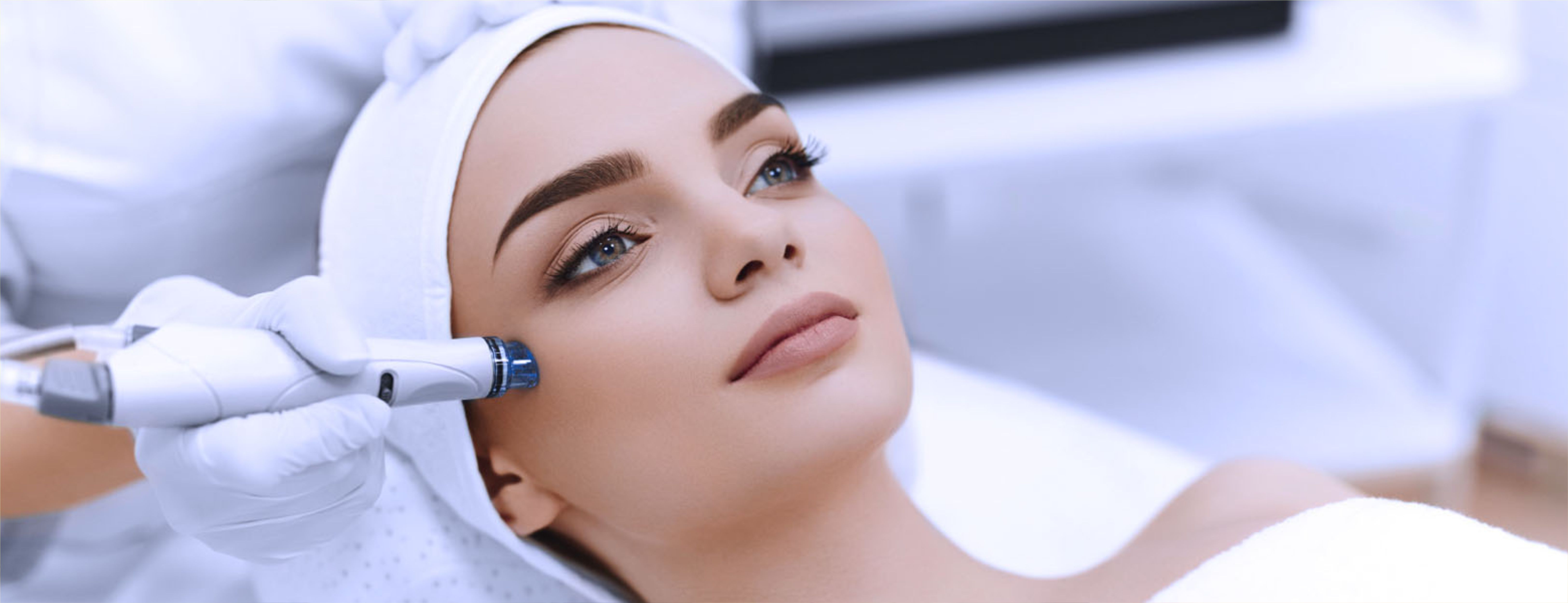
Introduction: Injury marks on the face can be a cause of concern for many individuals. Whether it's from a recent accident, surgery, or a previous injury, these marks can affect self-confidence. While complete removal of injury marks may not always be possible, there are various treatments and remedies that can help minimize their appearance. In this blog post, we will explore different methods to reduce and fade injury marks on the face.
Consult a Dermatologist: Before attempting any treatment, it's crucial to consult a dermatologist or a skin specialist. They can evaluate the injury mark, determine its nature, and recommend the most appropriate course of action based on your specific situation.
Silicone Gel or Sheets: Silicone-based products, such as gels or sheets, have been found effective in reducing the appearance of injury marks. These products create a protective barrier over the skin, help retain moisture, and promote a more favorable healing environment. Follow the instructions provided with the product for optimal usage.
Topical Creams or Ointments: Certain creams or ointments containing ingredients like vitamin E, aloe vera, onion extract, or cocoa butter can be applied to the injury mark to promote healing and reduce the appearance of scars. These products may help soften the skin, improve texture, and fade discoloration. However, it's essential to use them as directed and be patient, as results may take time.
Laser Therapy: Laser treatments, such as fractional laser resurfacing, can help reduce the visibility of injury marks. The laser targets the affected area, stimulating collagen production and promoting skin rejuvenation. Multiple sessions may be required, and the dermatologist will determine the most suitable laser treatment based on the injury mark's characteristics.
Chemical Peels: Chemical peels involve the application of a chemical solution to the skin, which helps remove the damaged outer layer and promote new skin growth. Superficial or medium-depth chemical peels can help reduce the appearance of injury marks by exfoliating the skin and improving its texture and tone. However, these procedures should be performed by a trained professional.
Microdermabrasion: Microdermabrasion is a non-invasive procedure that involves exfoliating the skin using a handheld device. It helps remove the outer layer of skin cells and stimulate collagen production, leading to a smoother and more even complexion. Multiple sessions may be required to achieve noticeable results.
Protect from Sun Exposure: UV radiation can cause injury marks to darken and become more noticeable. It's important to protect the injured area from sun exposure by applying sunscreen with a high SPF, wearing protective clothing, and using hats or scarves to shield the face from direct sunlight.
Time and Patience: In many cases, injury marks naturally fade over time as the skin undergoes its healing process. It's important to be patient and give your body time to recover. Meanwhile, maintaining a healthy lifestyle, staying hydrated, and nourishing your skin with a balanced diet can support the healing process.
Conclusion: Removing injury marks from the face requires a combination of proper care, professional guidance, and patience. While complete elimination may not always be achievable, following the tips mentioned above can help minimize the appearance of injury marks, improve skin texture, and restore confidence. Remember to consult a dermatologist for personalized advice based on your specific situation.
© Maharaja Agrasen Hospital | Proudly Powered by Digitech